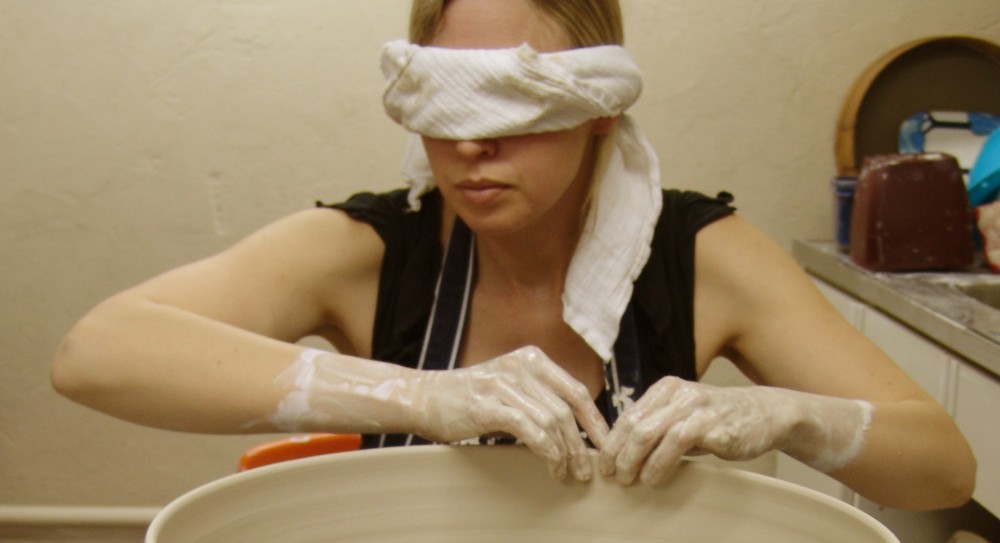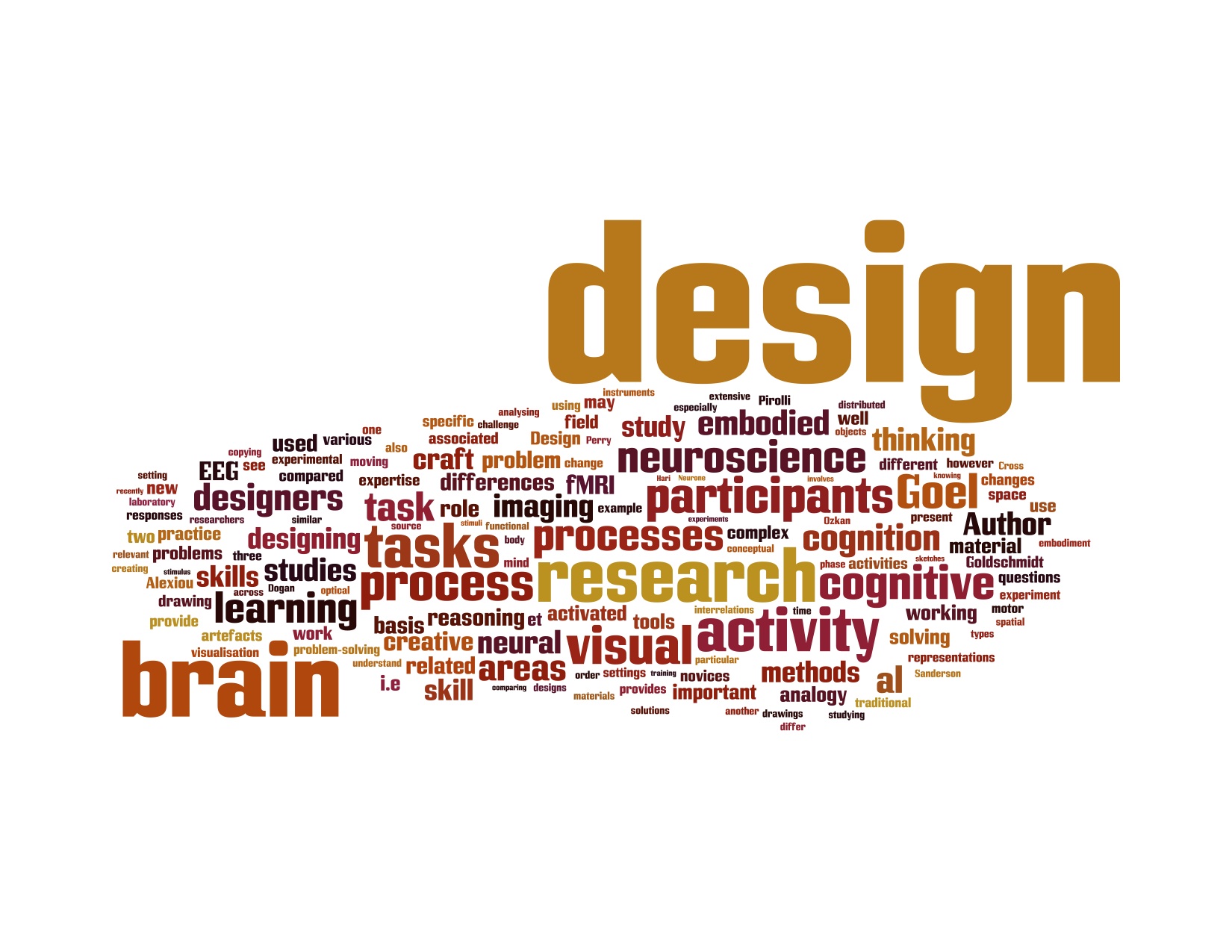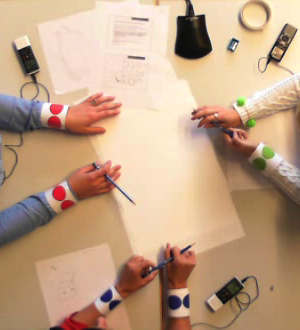Second round of data collection for Skill learning has started. All 11 new participants visited Finnish Institute of Occupational Health for EEG-measurements, and after that they spent an hour and a half at the University premises, Siltavuorenpenger 10 to learn tatting (in Finnish: käpyily or sukkulapitsi) and filet lace (in Finnish: verkkopitsi).




